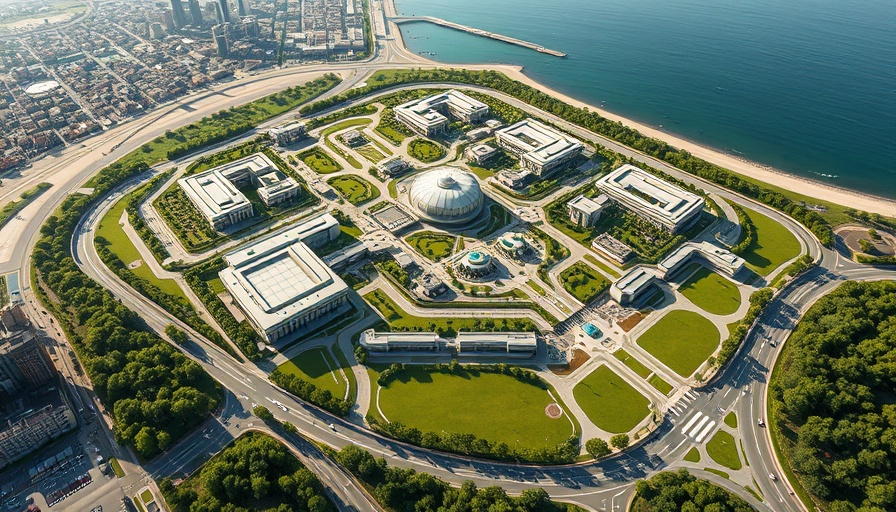
Understanding Workplace Attire: A Cultural Perspective
The debate around jeans in the workplace encapsulates a wider conversation about attire in professional settings. Historically, blue jeans were a uniform of the working class, symbolizing durability and function. As casual wear evolved, jeans transitioned into everyday use, yet their acceptance greatly depends on context—specifically workplace culture and geographical nuances. For business owners and facility managers, recognizing these cultural shifts is vital for establishing appropriate dress codes that reflect both productivity and professionalism.
When Are Jeans Considered Acceptable?
Most enterprises have established unwritten codes regarding workplace attire, often leaning towards formal dress, particularly in fields such as finance or law. However, there's a slow emergence of companies, particularly in tech and creative industries, that recognize jeans as a staple of business casual attire. For instance, many modern startups encourage their employees to express individuality through attire, embracing jeans as part of their company culture.
The Impact of Location on Dress Codes
Geography plays a critical role in determining appropriate workplace attire. In metropolitan cities, a strict professional appearance is often upheld—jeans may be viewed as too casual, potentially undermining a company’s image during client interactions. Conversely, rural areas may adopt more relaxed dress codes, leans towards comfort and practicality. For facility managers and developers, assessing local culture can provide insights into establishing dress codes that resonate with their workforce.
Challenges of Dress Codes: How to Adapt to Your Audience
Establishing a dress code can be challenging. The key is to align it with your audience's expectations. An organization that targets younger professionals or creative sectors may benefit from a more lenient approach to jeans, while traditional sectors may require stricter guidelines. For businesses aiming to attract young talent while maintaining professionalism, finding that balance between casual and formal is crucial.
Exploring Cultural Differences Around Denim
Cultural attitudes toward denim vary widely across the globe. For example, while jeans are embraced in the fashion capitals of the world, such as New York and Paris, they might be considered inappropriate in more conservative work environments. Understanding these global perceptions can aid businesses as they expand or collaborate internationally. For socially conscious companies, this awareness not only reflects the company's values but also enhances their global reputation.
Final Thoughts and Best Practices
In conclusion, jeans at work are not merely a fashion choice; they signify broader cultural implications that resonate with a company's identity, employee expectations, and client perceptions. The most forward-thinking businesses comprehend that a flexible dress code can foster inclusivity and creativity while maintaining professionalism. Establishing guidelines that adapt to evolving social norms can lead to improved employee satisfaction and productivity. As you create or revamp your company's dress code, consider these factors and embrace a style that aligns with your values.
 Add Row
Add Row  Add
Add 




Write A Comment